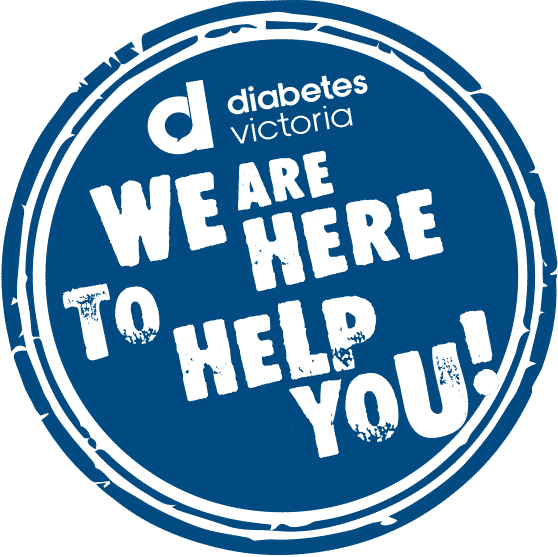
Diabetes and Exercise - What should you know about diabetes.
It’s estimated that around close to 1.5 million Australians are living with this diabetes.
Roughly 120,000 people are diagnosed with diabetes each year with close to 400,000 Australians at a high risk of diabetes. If left unmanaged, diabetes can lead to blindness, amputation, kidney failure, heart attack, and stroke.
Our exercise physiology gym currently has no-wait list and our team of exercise physiologists are specially trained to understand the complexities of this condition and can help you to exercise safely with diabetes.
Whether you’re currently inactive, at risk of diabetes or have been diagnosed with diabetes, exercise can help. But it’s important to get the right advice.
1. There are different types of Diabetes
There are two main types of diabetes – simply named type 1 and type 2
2. There are warning signs
Many people who develop type 2 diabetes first get “prediabetes”. Prediabetes is a term used when your blood sugar is higher than normal, but not high enough that to be classified as type 2 diabetes. And yes, prediabetes can be reversed.
In Victoria there is The Life! program that is funded by the Victorian Government and managed by Diabetes Victoria it is the biggest prevention program of its type in Australia.
3. Being active reduces your risk of Type 2 Diabetes
Lifestyle factors, such as being overweight and inactive, strongly increase your risk.
While people may have a strong genetic disposition towards type 2 diabetes, the risk is greatly increased if people display a number of lifestyle factors including high blood pressure, being overweight, not being active enough, eating a poor diet and having the classic ‘apple shape’ body where extra weight is carried around the waist.
4. Diabetes can also lead to secondary chronic conditions
Many people living with diabetes are also at an increased risk of experiencing and range of other chronic diseases, including heart disease and stroke.
5. Being active can help to reduce your risk of developing comorbidities.
Everybody benefits from regular exercise. If you have diabetes, or are at risk of diabetes it plays an important role in keeping you healthy.
6. Aboriginal and Torres Strait Islander Australians have increased risk
For some Aboriginal and Torres Strait Islander people, finding out they have diabetes can be confronting, confusing and scary. If our environments don’t support people’s ability to manage their diabetes, then the condition can worsen, not because they don’t want to manage it but because they find it so difficult.
Statistically, Aboriginal and Torres Strait Islander Australians are four times more likely to be diagnosed with diabetes than non-Indigenous Australians
7. Diabetes can also present during pregnancy
Gestational diabetes is a type of diabetes that develops during pregnancy. Pregnancy is a wonderful time to begin exercise, and it is very safe. Women with gestational diabetes have so much to gain from starting a specially prescribed exercise program.
Some women with particular pregnancy complications may be advised not to exercise, so check with your healthcare team about what you can do.
It occurs around the 24th to 28th week of pregnancy and most women will no longer have diabetes after the baby is born.
8. Diabetes Australia / Diabetes Victoria have fantastic resources and are great free resource
Diabetes Australia administers the National Diabetes Services Scheme (NDSS), an initiative of the Australian Government. Diabetes Victoria is an agent of the NDSS.
